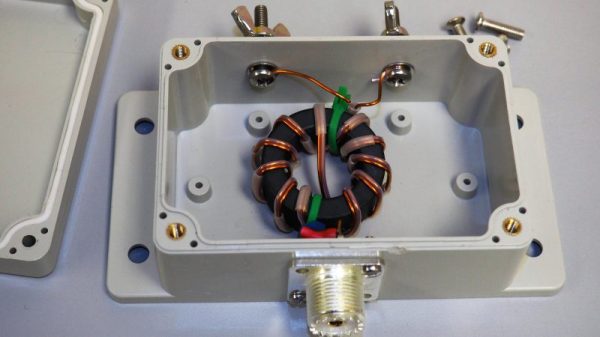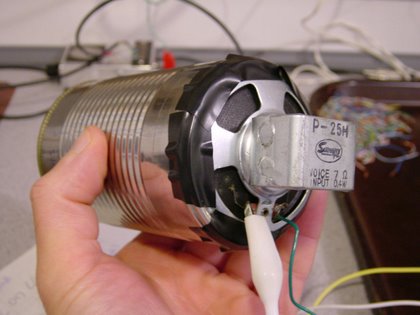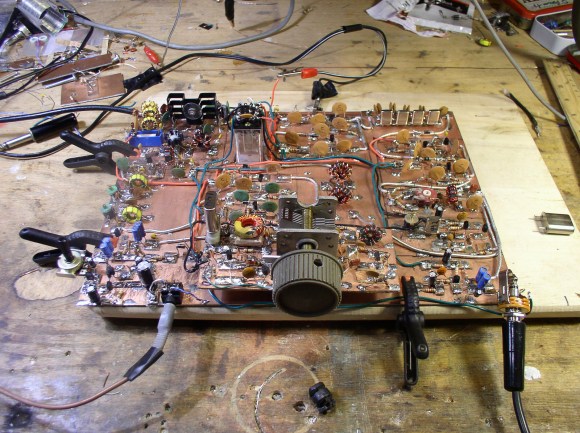In times of crisis, or extreme government control, it can be difficult to spread critical information to people who can help. A good example of this was during the Arab Spring in 2011. When your Internet connection is taken away, it can feel as though all is lost. Unless you have a ham radio, that is.
For many people the thought of ham radio conjures up images of old guys twisting knobs listening to static, but it’s actually come a long way in our modern digital age. For example, you can now send tweets via ham radio. This project was actually started in 2011 by [Bruce Sutherland]. The Egyptian government had shut down the country’s Internet access after citizens were posting information about the extreme violence they were facing. [Bruce] wanted a way to help others get the word out, and he came up with HamRadioTweets. This system allows a user to send tweets via ham radio.
The system actually piggybacks off of a ham radio service called APRS. This service is most often associated with GPS tracking systems, such as those found in nearspace balloons, but it can also be used to send simple text messages over the air. APRS works thanks to the vast network of receiving stations setup all around the world. These stations can receive messages and then re-transmit them, greatly extending the reach of the original transmitter. Some of them are even hooked up to the Internet to get the messages to go distances that would be extremely difficult and unreliable by traditional means.
[Bruce’s] system hooked into the Internet component and watched for messages being sent specifically to “TWITR”. The Python based system would then read these messages and re-transmit them over Twitter. The project died out a while back after Twitter updated their API. Now, it’s been rebuilt on Ruby by [Harold Giddings]. The project website was handed over to [Harold] and he is currently maintaining it. Hopefully you’ll never need to use this software, but if the time comes you will be glad it’s available. You can watch [Harold] bounce an APRS message off of the International Space Station and on to Twitter in the video below. Continue reading “HamRadioTweets Gets The Word Out” →


















